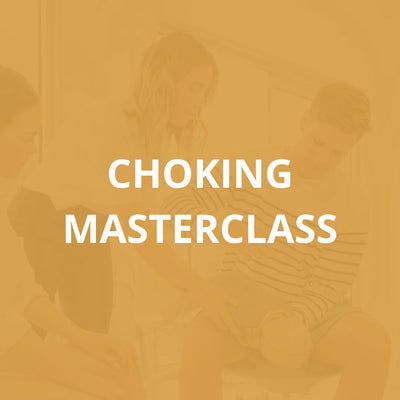Safe Sleep for Your Baby
-
The Critical Development Period, particularly for babies under 6 months of age
-
A Vulnerable Infant, which still remains an unknown factor
-
External Stressors, such as an unsafe sleep position, sleep space or sleep environment
-
Use a safe cot, and check that it meets current Australian safety standards.
-
Use a safe mattress that is firm, clean and in good condition.
-
Ensure the mattress is the right size for your cot, and check that there is no more than a 20mm gap between the mattress and the cot on all sides.
-
Use a tight, well-fitted sheet on the mattress.
-
If you are using a blanket, ensure that the baby is positioned with their feet at the end of the cot. The blanket should be tucked securely under the mattress, so that it can only come up to baby’s chest. Ensure your baby cannot wriggle under the blanket.
-
Add any additional padding to the cot mattress.
-
Add any other items into the cot. Quilts, loose blankets, sleep positioners, loungers, nests, cot bumpers or pillows are all a SIDS risks to your baby and should not be in their sleep space.
-
It is recommended that your baby shares a room with you for the first 6-12 months, and if possible, baby is breastfed.
-
Ensure the room and house is smoke-free.
-
Position the cot away from the window.
-
Remove any dangers in your baby’s sleep space. There should be no wall hangings, lights, cords, canopies, curtains or electrical appliances in reach.
-
Heaters should be positioned well away from the cot.
-
If you are using a heater to warm the room, check your smoke alarm every month.
-
ALWAYS place your baby on their back for sleep. They should never sleep on their side or tummy, unless they are able to roll themselves into that position.
-
Keep your baby’s face and head uncovered. There should be no hoods, beanies, hats or hair accessories on a sleeping baby.
-
When your baby begins to show signs of rolling, they should be un-swaddled. Use a well-fitted, arms-out sleeping bag instead.
The quick thinking of Warrnambool parents Lucy and Pat Mahony saved their 18-month-old son Ollie from serious scars for life after he pulled a cup of coffee onto himself.
How do I check my baby’s temperature? 🤒 What is the best way to check a baby’s temperature? There are so many different types and brands of thermometers out there. What thermometer should I buy?
We're here to answer all your questions!
When our little loves are in pain, we want nothing more than to help them. This guide discusses common pain reliving medications that we can use to help alleviate their pain, as well as when and why we use them.









